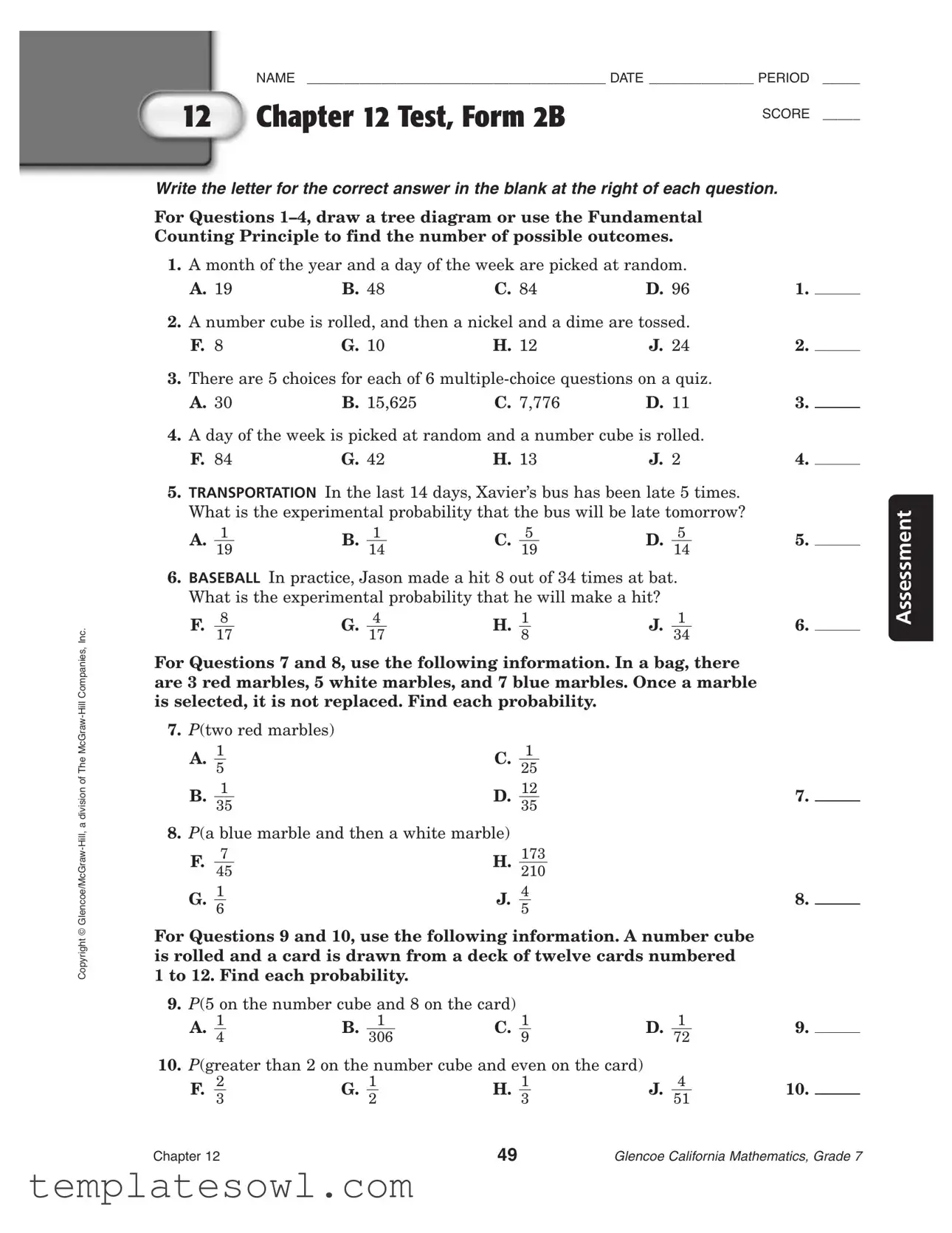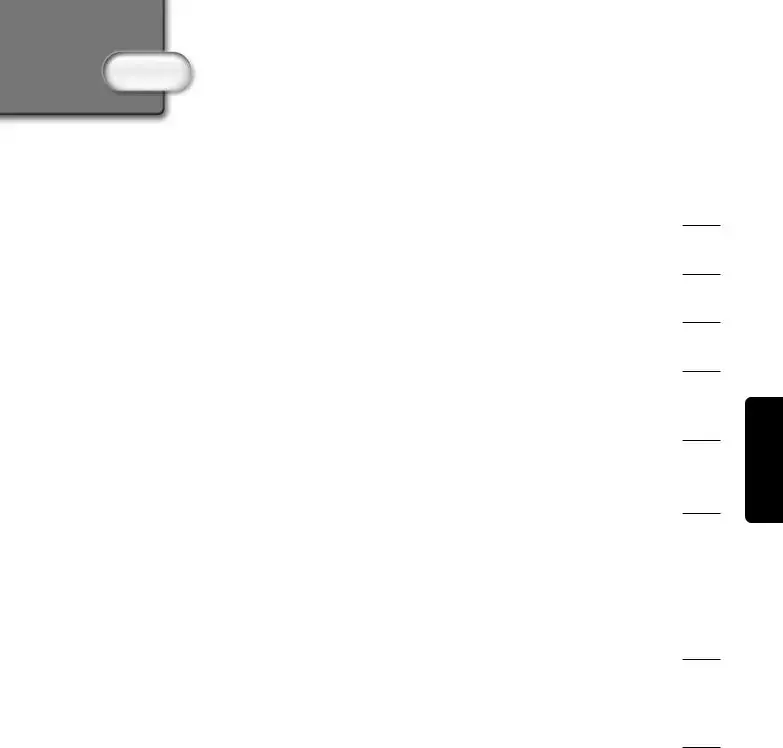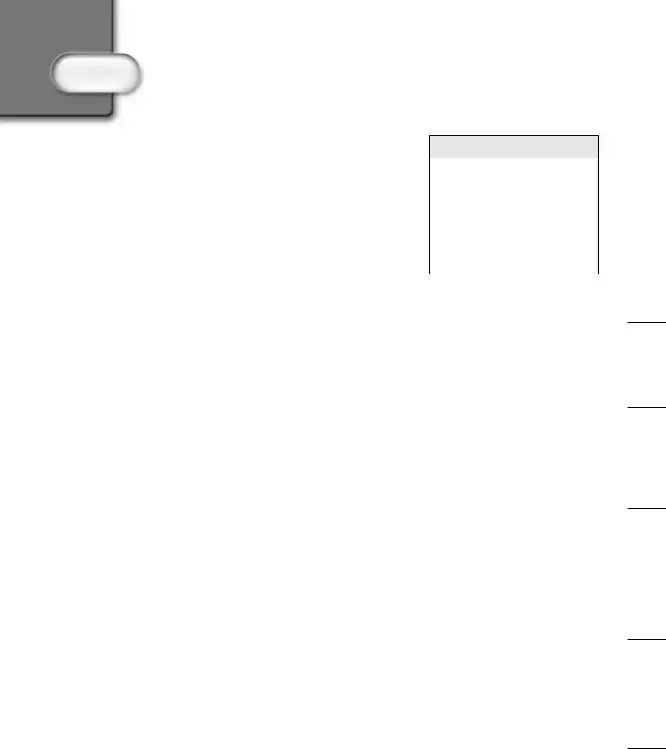What is the purpose of the Chapter 12 Test form?
The Chapter 12 Test form is designed to assess students’ understanding of mathematical concepts covered in the curriculum. It includes a variety of questions that encourage critical thinking, such as probability, counting principles, and experimental outcomes, which helps gauge their comprehension and application of these subjects.
How should I fill out the test form?
Students should write their name, date, and period at the top of the test form. Each question requires them to provide the letter corresponding to the correct answer in the blank provided next to the question. Careful attention should be paid to the instructions for the specific types of questions, such as drawing diagrams or calculating probabilities.
What is the Fundamental Counting Principle mentioned in the test?
The Fundamental Counting Principle states that if one event can occur in 'm' ways and a second independent event can occur in 'n' ways, then the two events can occur in 'm × n' ways. This principle helps students determine the total number of outcomes in scenarios presented in the test.
How do I find the probability of an event as presented in the test?
To find the probability of an event, divide the number of favorable outcomes by the total number of possible outcomes. For example, if there are 5 favorable outcomes and 30 possible outcomes, the probability would be 5 ÷ 30, which can be simplified to 1/6.
Why are there experimental probability questions in the test?
Experimental probability questions require students to analyze actual data from real-world scenarios, such as the late bus instances or Jason’s baseball hits. These questions help reinforce the concept of probability by using relatable situations that students can understand and apply in different contexts.
What does it mean when a marble is selected and not replaced?
When a marble is selected and not replaced, it means that after choosing one marble, it is not put back into the bag. This affects the total number of marbles available for the next selection, changing the probabilities for subsequent draws. It’s a key concept in understanding conditional probability.
What kind of sample is described in the survey of customer satisfaction?
The sample described is a systematic random sample, as the local car dealer selects every tenth customer from an alphabetical list. This method aims to ensure that every customer has an equal chance of being selected while also being convenient for the surveyor.
How do you calculate percentages from the survey results?
To calculate percentages, divide the number of individuals who responded a certain way by the total number of individuals surveyed. For example, if 75 out of 250 voters said they voted for the incumbent, you would calculate the percentage as (75 ÷ 250) × 100%, which simplifies to 30%.
What is the bonus question about the letters in the word "BONUS"?
The bonus question asks for the probability that a randomly selected arrangement of the letters in the word "BONUS" ends with the letters “OUN.” This is a fun way to introduce concepts of probability regarding arrangements, offering a different perspective on the same mathematical principles explored in the test.


